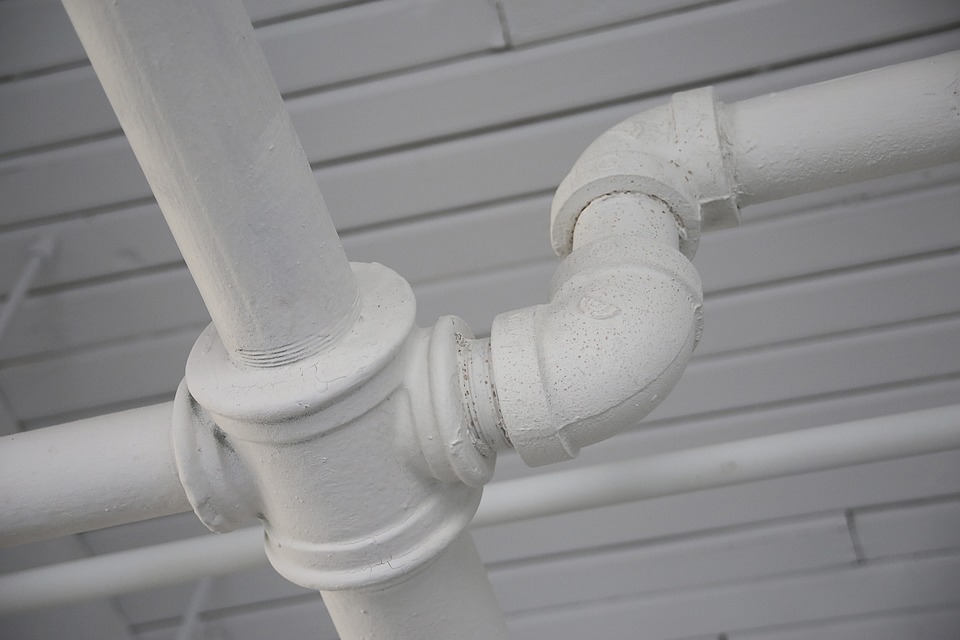As CIPP grows more popular, misconceptions about the process grow more abundant. One of the biggest questions for those considering CIPP, is whether or not the liner will bond to the host pipe. While the perfect seal is easy to see as desirable, CIPP still provides amazing results without it. This article details how the extremely close fit of CIPP actually works.
Define bonding
Before this question can be answered, you first have to define what you mean by bonding. Due to the hot air that can be used to harden cured in place pipes inside the host pipe, some people wonder if these two materials actually become one. The answer is no. On a molecular level, it’s not possible (under the conditions of CIPP installation) for the two to mix. Your host pipe is far too rigid; it would have to melt and then mix with the resin in order to bond completely.
Some people don’t think that CIPP actually becomes one material with the host pipe. They might, however, think that CIPP “sticks” to the pipe like glue. While the liner does go in slimy, no gluing occurs. As the liner hardens into a pipe it will pull away from the host pipe slightly. The two remain two separate pipes. There will even be a small gap between the host pipe and the cured in place pipe that shows the shrinkage of materials during the curing process.
CIPP’s extremely close fit
CIPP doesn’t bond to the host pipe, but it does have an extremely close fit. This is a fit that’s good enough to block most water infiltration, block out roots, and so forth. While water and air can get through the fit to some extent (a problem usually solved by extending the CIPP liner over the lateral connection or source of the weak), CIPP does fit the host pipe like a glove. In fact, it fits like a glove that formed around your hand, so it’s customized to every curve. CIPP is a very snug fit.
Factors in the fit
How close CIPP fits to your pipe is mostly controlled by the mixture used. CIPP liners are coated with a variety of mixtures. Typically, these are different types of resin and epoxy mixtures. When the mixture is more heavily resin-based, it will shrink slightly more. Epoxies tend to harden closer to their original size, leaving a tighter fit. Which is preferable depends on what your host pipe is made of, as well as what your CIPP installer has available or is experienced with. All mixtures have their selling points, and the differences mainly come down to getting the best result instead of a merely good result.
CIPP fits the host pipe like a glove. The close fit keeps the pipe functional, but the CIPP doesn’t bond to the host pipe. That wouldn’t be possible under the conditions of CIPP installation. There’s a small gap between the cured in place pipe and the host pipe that it rests in. All of these factors point to CIPP being the perfect solution for pipe repair.
